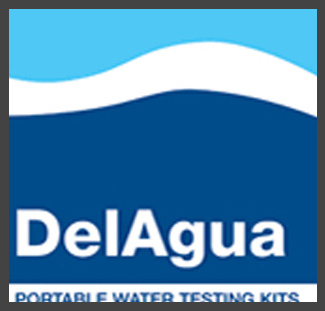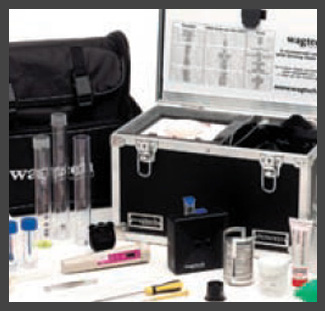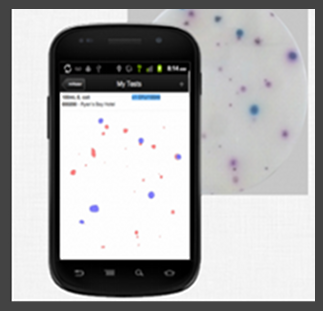Difference between revisions of "Testing"
From Akvopedia
| Line 17: | Line 17: | ||
|style="background:#efefef;"|[[Image:Hach kit small.jpg|center|120px|link=Hach Pathoscreen test]] | |style="background:#efefef;"|[[Image:Hach kit small.jpg|center|120px|link=Hach Pathoscreen test]] | ||
|style="background:#efefef;"|[[Image:Easygel small.jpg|center|120px|link=Easygel]] | |style="background:#efefef;"|[[Image:Easygel small.jpg|center|120px|link=Easygel]] | ||
| − | |style="background:#efefef;"|[[Image:mwater tests small. | + | |style="background:#efefef;"|[[Image:mwater tests small.png|center|120px|link=The mWater testing guide]] |
|- | |- | ||
|style="background:#efefef;"|<div class="center" style="width:auto; margin-left:auto; margin-right:auto;">[[DelAgua]]</div> | |style="background:#efefef;"|<div class="center" style="width:auto; margin-left:auto; margin-right:auto;">[[DelAgua]]</div> | ||
Revision as of 20:29, 10 July 2013
Before choosing a water system that is appropriate for a region, it is important to test the water quality for specific pollutants. Or there may be a natural disaster that requires immediate testing of local water sources that are in question. Many of the test kits available today are portable and for in-field, ease-of-use. There are portable labs available, backpack testing kits for extreme remote locations, self-assembled kits, and many more commercial products and services for NGOs and communities in the developing world.





